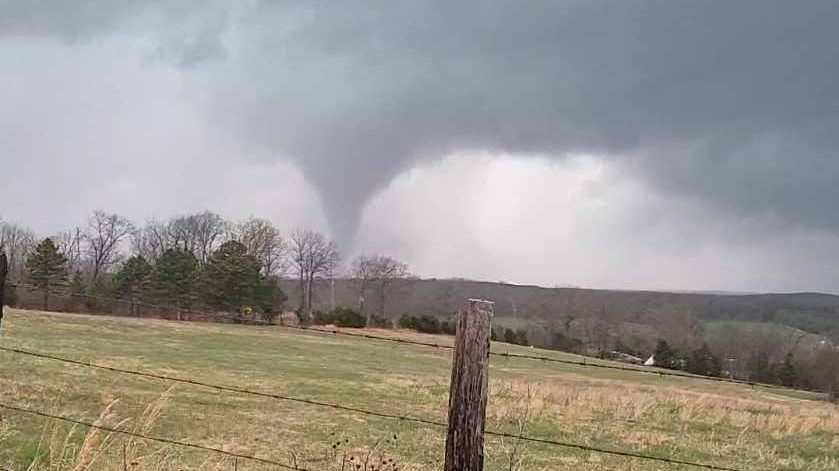Usually not as stellar as August’s Perseid meteor shower, the Leonid meteor shower still illuminates the sky every November. This year’s show could put on a strong performance thanks to several factors.
The Leonid meteor shower occurs when the Earth passes through the debris left over from the Tempel-Tuttle comet. It takes the comet 33 years to orbit the sun. The last time it reached its closest approach to Earth (perihelion) happened in 1998 with its expected return in 2031.
Though nine years away from perihelion, astronomers think this year, the Leonids could still prove dazzling for key locations thanks in part to the ideal phase of the moon. A waning moon that sets right before peak viewing will help to create darker skies and make the meteors “pop” in the sky.
Not considered a meteor storm by any means, astronomers still believe a big show will occur this year. One meteor every six minutes remains the usual peak rate during non-perihelion years.
This year, however, that increases to around 15 meteors observed per hour, depending on location. That number looks plausible in the St. Louis area Nov. 17.
Although tiny, think size similar to a granule of coffee, the speed at which the meteors travel creates quite a punch. According to astronomy.com, the Leonid meteors zip through the sky at 44 miles per second, resulting in impressive fireballs that produce long and colorful streaks.
While the International Meteor Organization lists this year’s maximum peak as Nov. 17. The best time to observe the sky in our area looks more like Friday night, closer to midnight, or even early Saturday morning, before sunrise.
Scientists believe a strong outburst of Leonid meteors, visible along the central and eastern time zones in the United States, will occur during this time frame thanks to a debris stream shed by the comet in 1733. This outburst could produce 50 or more meteors per hour.
To get the best viewing, first find a place with little light pollution, ideally out in a rural location. Next, make sure you look toward the eastern sky around midnight Nov. 18-19. Identify the constellation, Leo, and look towards the upper portion of it.
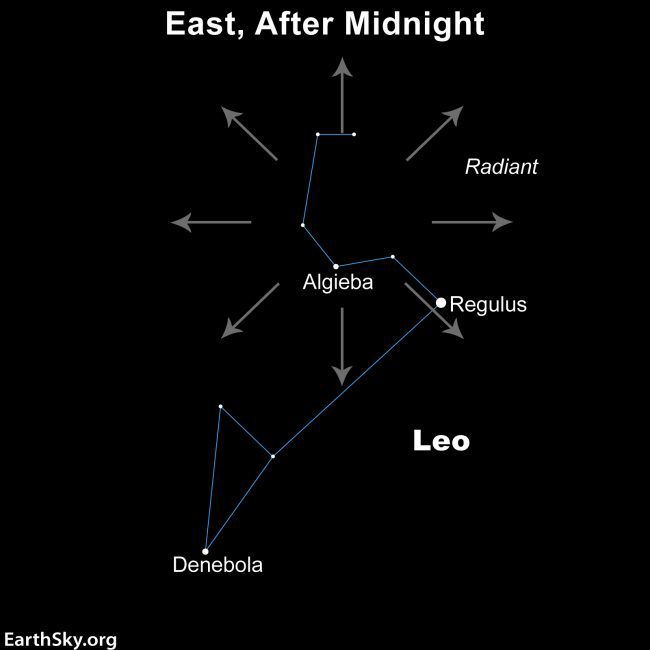
The astronomy viewing area at Brommelsiek Park in St. Charles County may provide prime viewing conditions for the Leonid meteor shower. The Astronomical Society of Eastern Missouri will host a Friday Night Open House free public viewing star party from 7:00 pm–11:00 pm.
With skies expected to remain mostly clear, the Leonid meteor shower should put on an impressive show, even though it has passed its peak. Visibility of these meteors may last through the early morning hours of Nov. 21.
Our team of meteorologists dives deep into the science of weather and breaks down timely weather data and information. To view more weather and climate stories, check out our weather blogs section.

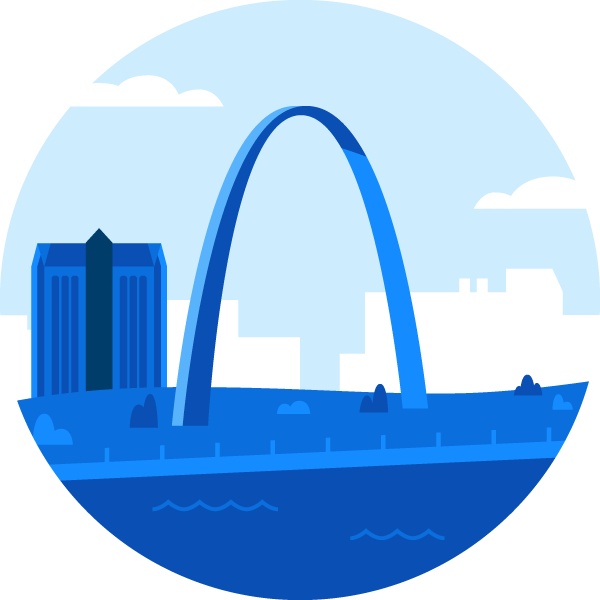


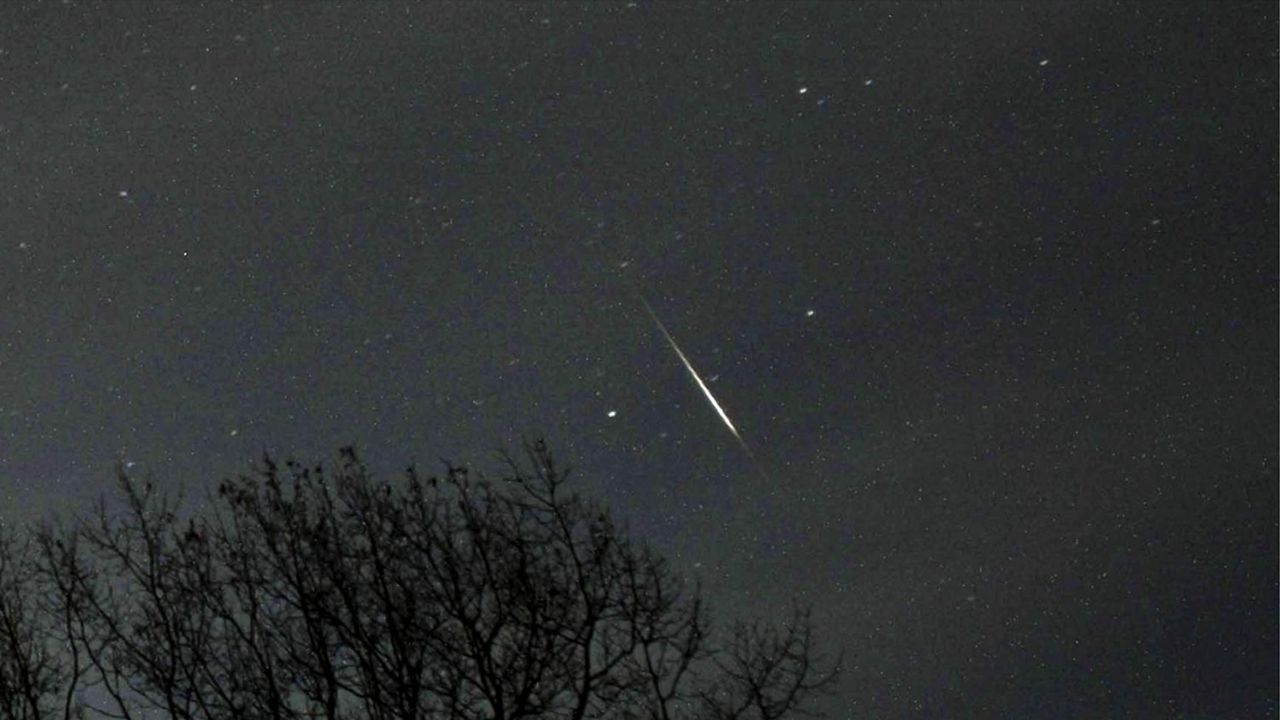
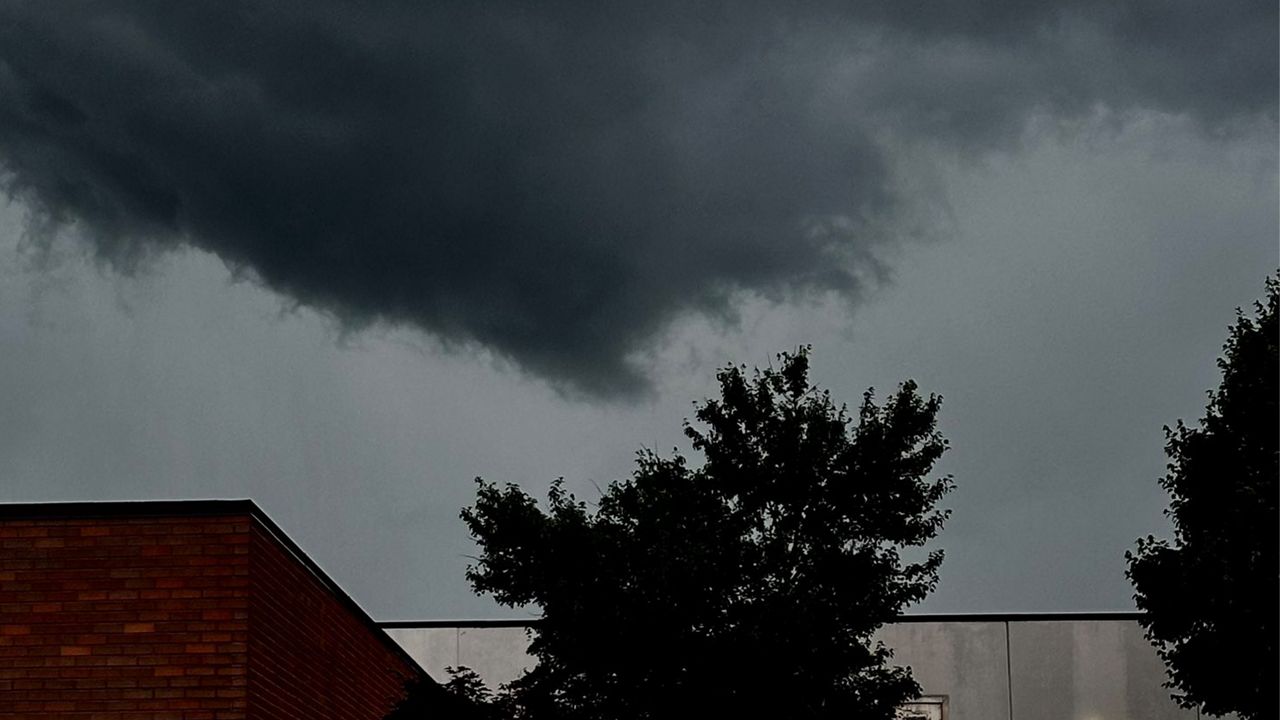
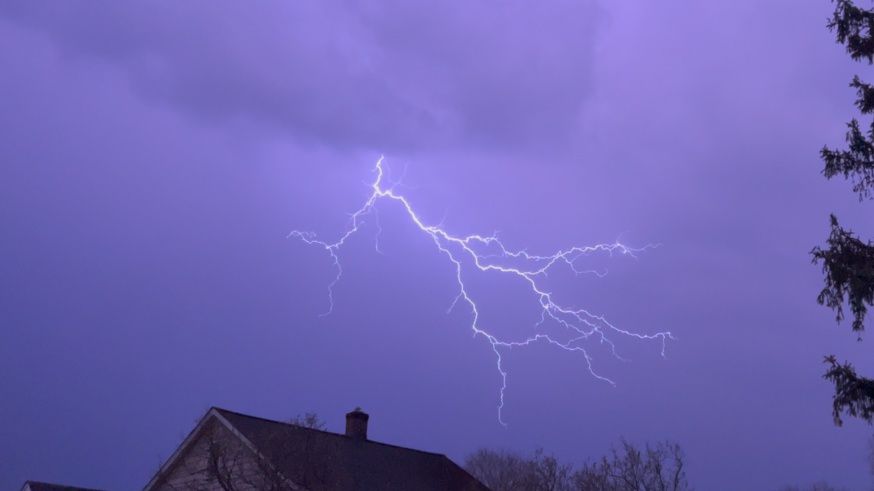
)
